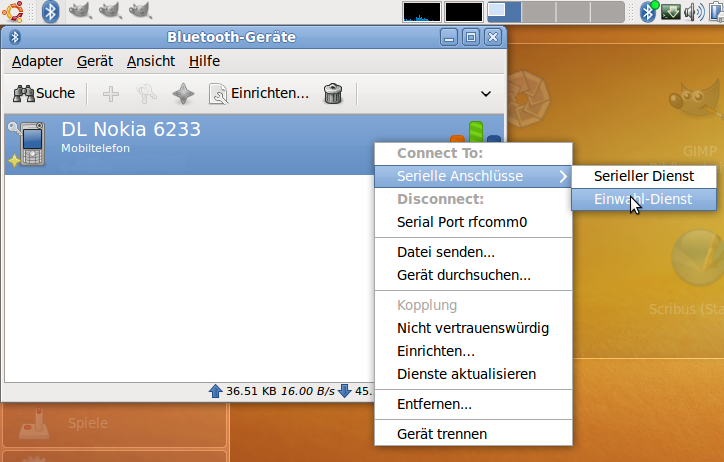Saving misc/jive

One thing I love about FreeBSD is the way the core team keeps the wider community updated about project news e.g. via their quarterly status reports. So while reading the FreeBSD Q4/2016 status report, I was quite surprised to find that a text filter converting English to "Jive speak" had been removed from the ports tree. FreeBSD Core members argue that "today the implicit approval implied by having it in the ports tree sends a message at odds with the project's aims."
Now this is bullshit as I'm sure FreeBSD core neither endorses Citrix (net/citrix_ica) nor Cisco (emulators/gna3, devel/libcli, graphics/py27-blockdiagcontrib-cisco and many more) but just hosts code to make living with them easier.
So the important thing here is:
|
|
Hosting is not endorsing. It is a purely technical act and by definition agnostic to the hosted content. |
In every sane jurisdiction there is the requirement to remove hosted content that violates a law. And that makes sense. It reflects the societal consensus what is still acceptable and what is not. This changes over time but there is a proven process in place for these changes to become relevant: political discussion and consequential law making.
There is very deliberately never a law against bad taste and/or offensive humor. Where such a law still exists, you're in a somewhat underdeveloped jurisdiction. Because the hosting (pun intended) society has not matured sufficiently yet. This may happen due to overly conservative or self-protective ruling classes, ideological or religious blindness. None of these are desirable for society as a whole and the scissors in your head are paving the way to go back to darker ages. So don't. Be welcoming, be tolerant.
Tolerance means accepting things you do not like. Not accepting just what endorses your personal taste, beliefs or state of mind.
Does that mean, FreeBSD should continue to host the "Jive" filter? No, it's purely their choice. But their argument that hosting is endorsing is wrong. Inclusion into a FreeBSD media may be, like Debian strictly differentiates between the main archive, which it endorses, and contrib or non-free sections which it does not endorse. But still hosts regardless. So hosting is not endorsing.
That said, here you go:
| File | Function | sha256 |
|---|---|---|
| jive-1.1.tar.gz | Source to the "Jive" filter | 3463d80ad159a27d9fcf87f163a7be5eba39dbf15c5156f052798b81271523f2 |
| ports_misc_jive.tar.gz | ports files to build the "Jive" filter under FreeBSD | 47dc7b660d499d671daa18f992cdd348bd95c34e02874addd2bcf3e5c3f90b59 |
| swedishchef.zip | mirror of swedishchef.zip | d0830b81aec6ad6a6ff824e1d80c9fa97d3a5447bad9f8a2b32dbd0dfb8df709 |
The last file above is a mirror of files hosted by John B. Chambers. He has a "chef" cgi running there allowing the conversion of English text to "Swedish Chef", "Valley Girl" or "Pig Latin". And the "Jive" variant that uses the same Lex/Yacc/Flex files as the misc/jive that used to be part of the FreeBSD ports tree and is conserved above.
If you are interested in the public part of the discussion that happened after misc/jive was marked for removal from the ports tree, check out the freebsd-ports mailing list thread.
P.S.: Valspeak is still in the ports tree as misc/valspeak ... just sayin'.
P.P.S.: apt-cache show filters # Debian & Ubuntu. Awesome. ♡





